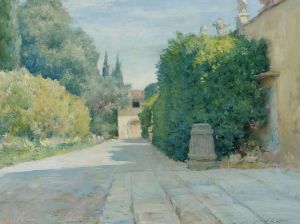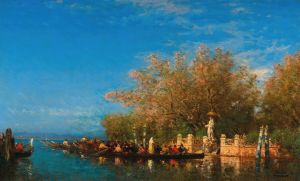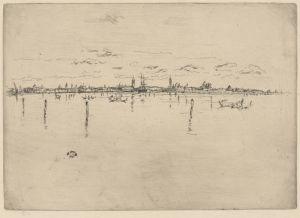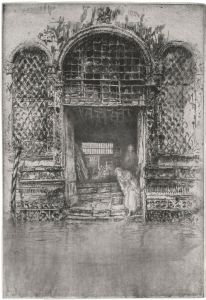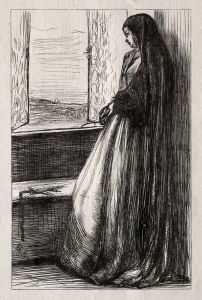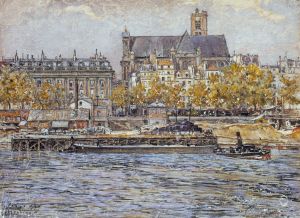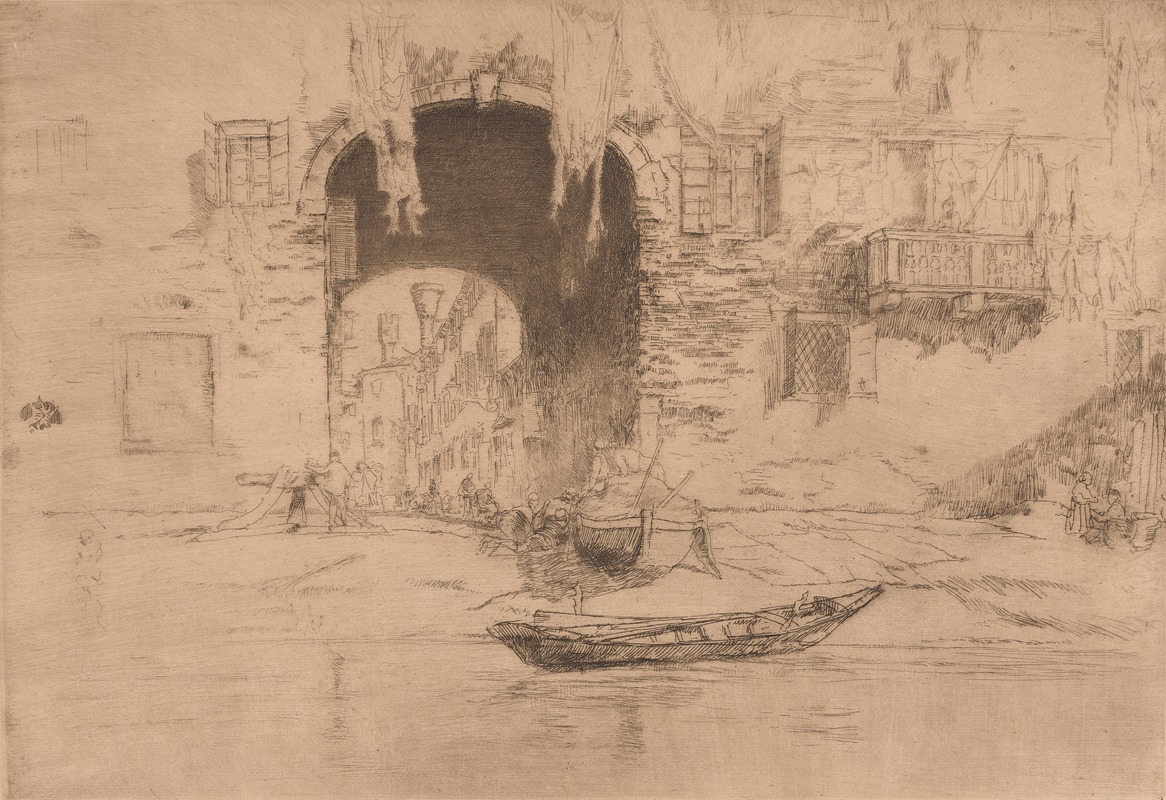
San Biagio
A hand-painted replica of James Abbott McNeill Whistler’s masterpiece San Biagio, meticulously crafted by professional artists to capture the true essence of the original. Each piece is created with museum-quality canvas and rare mineral pigments, carefully painted by experienced artists with delicate brushstrokes and rich, layered colors to perfectly recreate the texture of the original artwork. Unlike machine-printed reproductions, this hand-painted version brings the painting to life, infused with the artist’s emotions and skill in every stroke. Whether for personal collection or home decoration, it instantly elevates the artistic atmosphere of any space.
James Abbott McNeill Whistler was an American artist known for his paintings, etchings, and lithographs. He was a leading figure in the Aesthetic Movement, which emphasized art for art's sake and focused on the beauty of the visual experience rather than narrative content. Whistler's work is characterized by its innovative use of color and composition, and he is often associated with the Tonalist movement, which emphasized mood and atmosphere.
"San Biagio" is one of Whistler's lesser-known works, and there is limited information available about this specific painting. Whistler was known to have traveled extensively in Europe, and his work often reflects the influence of the places he visited. Venice, in particular, was a significant source of inspiration for Whistler, and he produced a series of etchings and paintings based on the city's unique architecture and atmospheric qualities.
The title "San Biagio" suggests a connection to a location or subject related to Saint Blaise, known as San Biagio in Italian. Saint Blaise was a physician and bishop in the early Christian church, and his veneration is particularly strong in certain regions of Italy. However, without more specific information about the painting, it is difficult to ascertain the exact subject or location depicted in Whistler's work.
Whistler's artistic style often involved a focus on subtle tonal variations and an emphasis on the harmony of color and form. He was known for his ability to capture the essence of a scene with minimal detail, using a limited palette to evoke mood and atmosphere. This approach is evident in many of his works, where the interplay of light and shadow creates a sense of depth and mystery.
In his Venetian works, Whistler often depicted the city's canals, bridges, and architectural landmarks, capturing the interplay of light and water that is characteristic of Venice. His ability to convey the city's unique atmosphere through his use of color and composition is a hallmark of his style.
While specific details about "San Biagio" are scarce, it is likely that the painting reflects Whistler's interest in capturing the mood and essence of a place rather than focusing on precise architectural details or narrative content. His work often invites viewers to experience the beauty of the scene through its tonal harmony and atmospheric qualities.
Overall, Whistler's contribution to the art world is significant, and his works continue to be celebrated for their innovative approach to composition and color. His influence can be seen in the development of modern art, particularly in the emphasis on mood and abstraction that became prominent in the late 19th and early 20th centuries.





